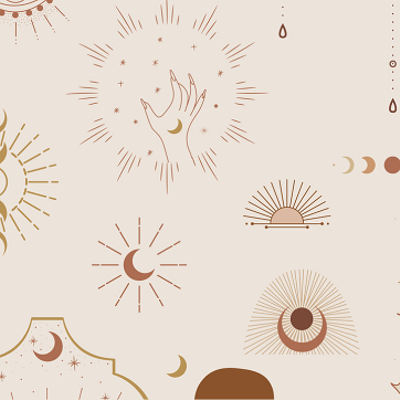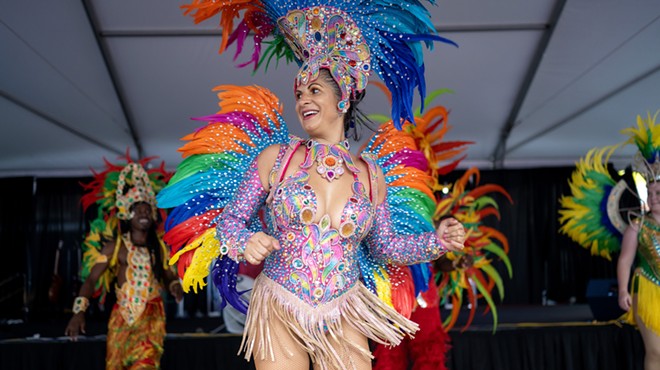To be honest, I generally shy away from phrases like "monkey balls." This is a family newspaper, after all (provided, of course, that your family is into drink specials, leftist politics and escort services). And anyway, I'd always heard these things called "Osage oranges."
But when I called up the Allegheny County Cooperative Extension -- an outreach program for Penn State's agricultural science program -- no one knew what I was talking about.
"Osage oranges?" the receptionist asked. "What are you talking about? Those things are called monkey balls."
"My wife says they used to call them monkey brains," recalled Michael Masiuk, an educator with the program, a short time later. "I guess what you call them depends on your readership."
So. Monkey balls it is, then.
Technically, these are the fruit of a tree whose species name is maclura pomifera. The fruit can grow to be up to 6 inches in diameter -- heavy, wrinkled green spheres with a thick rind. Apparently, that's what monkey brains, or monkey balls, look like. I mean, I certainly wouldn't know, whatever you may have heard
There's actually a considerable bit of lore surrounding these ungainly things. "I have no scientific information to support this," Masuik says, "but I've been told that if you take the fruit [and] put them in your basement, you can get rid of spiders. I put a few in my basement just to see, and I still had spiders. I didn't document whether it had an effect on their numbers. But if you mash them up a little bit" -- the monkey balls, that is, not the spiders -- "they have a citrusy smell to them."
While Masuik suggests that the fruit might have other uses -- "You could wrap them in duct tape and use them as bocci balls," he surmises -- it really isn't much good otherwise. While it appears not to be poisonous, it's also not very edible. But the Osage organge tree itself turns out to be very useful. So much so that in 1804, Meriwether Lewis, of "Lewis and Clark Expedition" fame, sent cuttings of the plant back east. Supposedly, the descendants of those samples can still be found as far away as Philadelphia. As a result, although the trees are native to the southwestern United States, they have been used widely throughout the country, and have probably been in the region for nearly two centuries.
The tree bark can be used to make a yellow dye, and the Osage Indians -- who introduced Lewis and Clark to the plant, and for whom the plant is named -- valued the tree for its exceptionally strong, rot-resistant wood.
Consulting his edition of The Manual of Woody Landscape Plants (I had loaned my copy to a friend), Masiuk told me that the Osage orange was especially prized for its use in making archery bows. In the days before barbed wire, the trees were often planted in close-knit hedgerows -- both to hem in the livestock and to mark property lines. It's a "pretty tough tree," says Masiuk, which has "potential for rugged, polluted areas."
In fact, the Western Pennsylvania Conservancy's guide "The Trees of Pittsburgh" notes that the trees were once used as hedges here. "The remains of such a planting can be seen on the south side of Dorchester Avenue in the Pittsburgh neighborhood of Brookline," the guide notes. Located just off Penn Avenue near Frick Park, "Osage Lane in Point Breeze was once lined with these large trees," though only a few small survivors remain.
Masiuk, who frequently consults with landscapers, says the monkey-ball tree is no longer used on residential property these days. The fruits themselves are a nuisance: Their softball-like heft almost dares you to throw one at something glassy, and squirrels eat the seeds inside the fruit and litter the ground below with shreds of orange peel. Plus, as the folks on Osage Lane can tell you, the fruit makes a pulpy mess when you run over it with your car.
On the other hand, there's nothing like the phrase "monkey balls" to make squeamish relatives uncomfortable. And that's what family newspapers like CP are all about.










